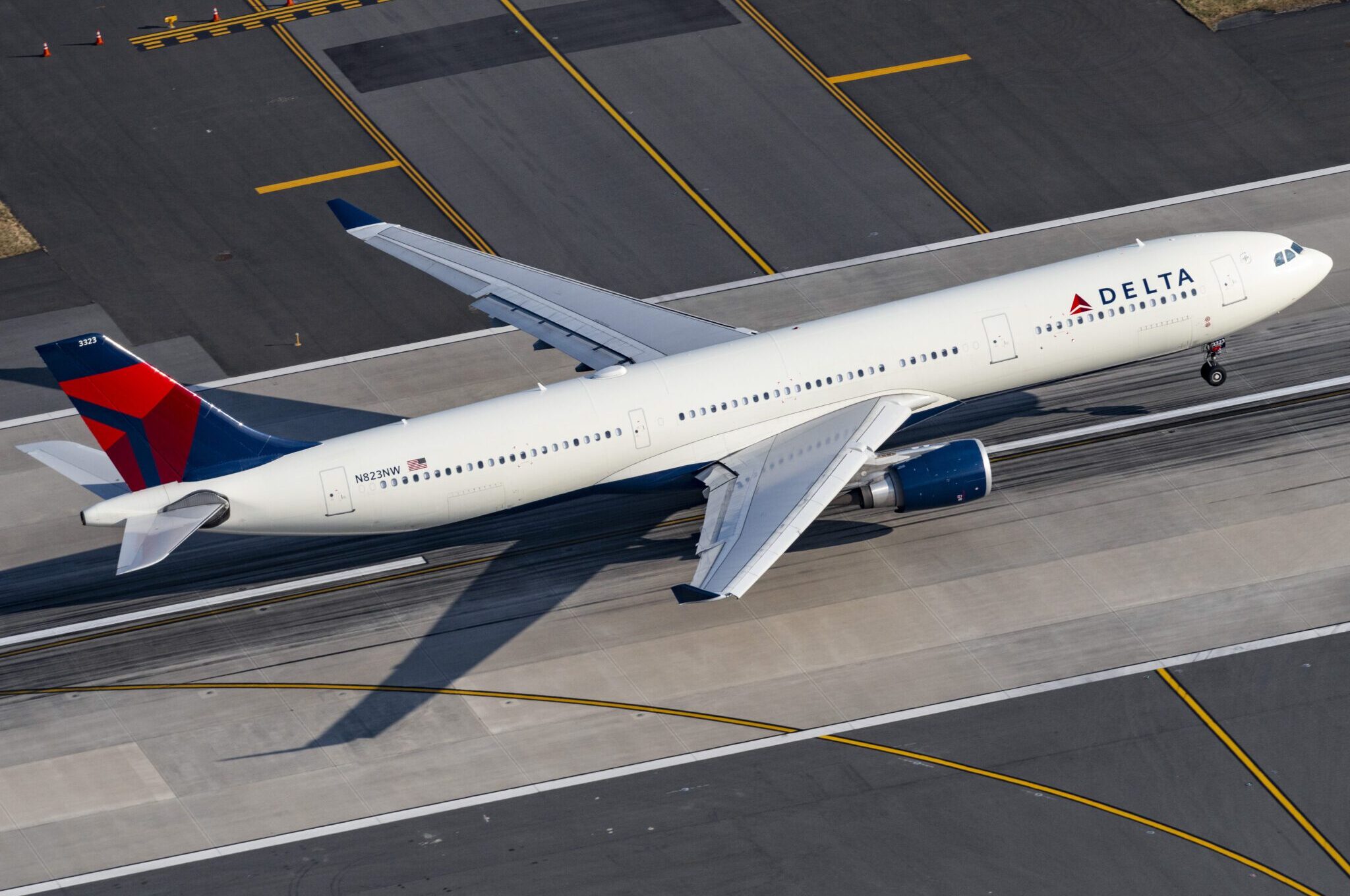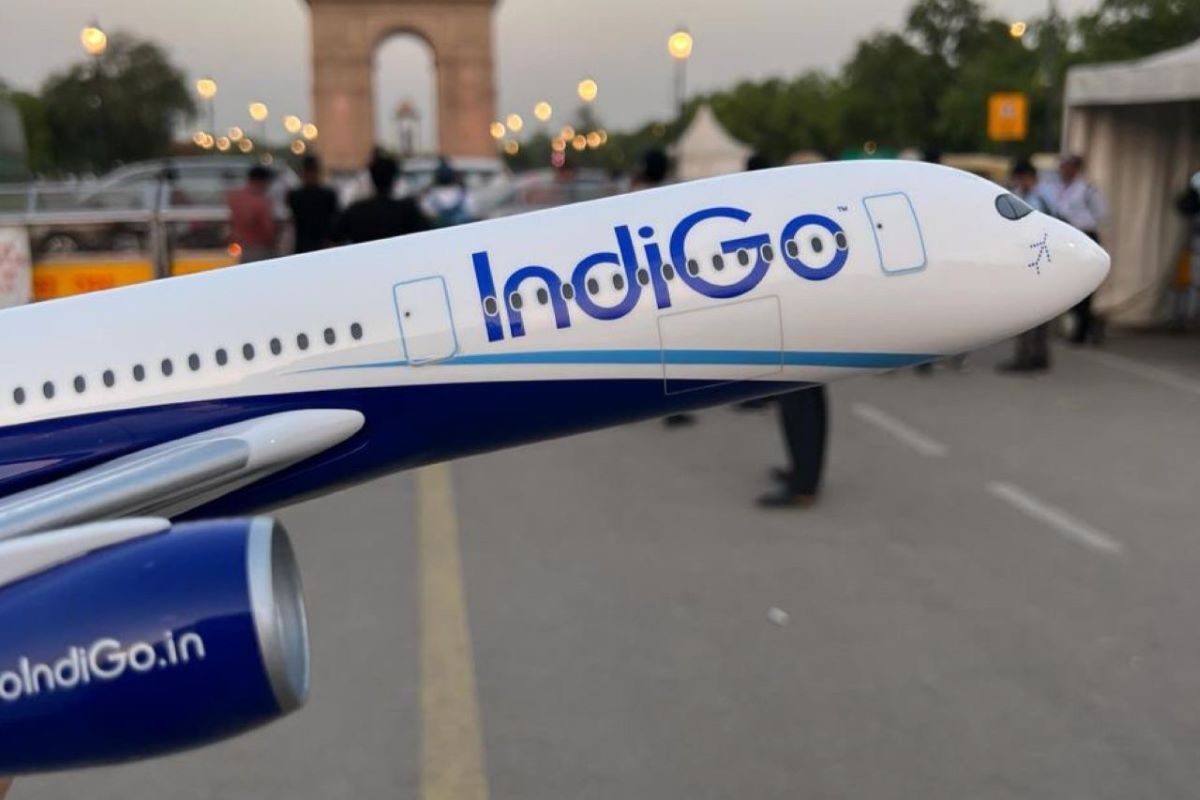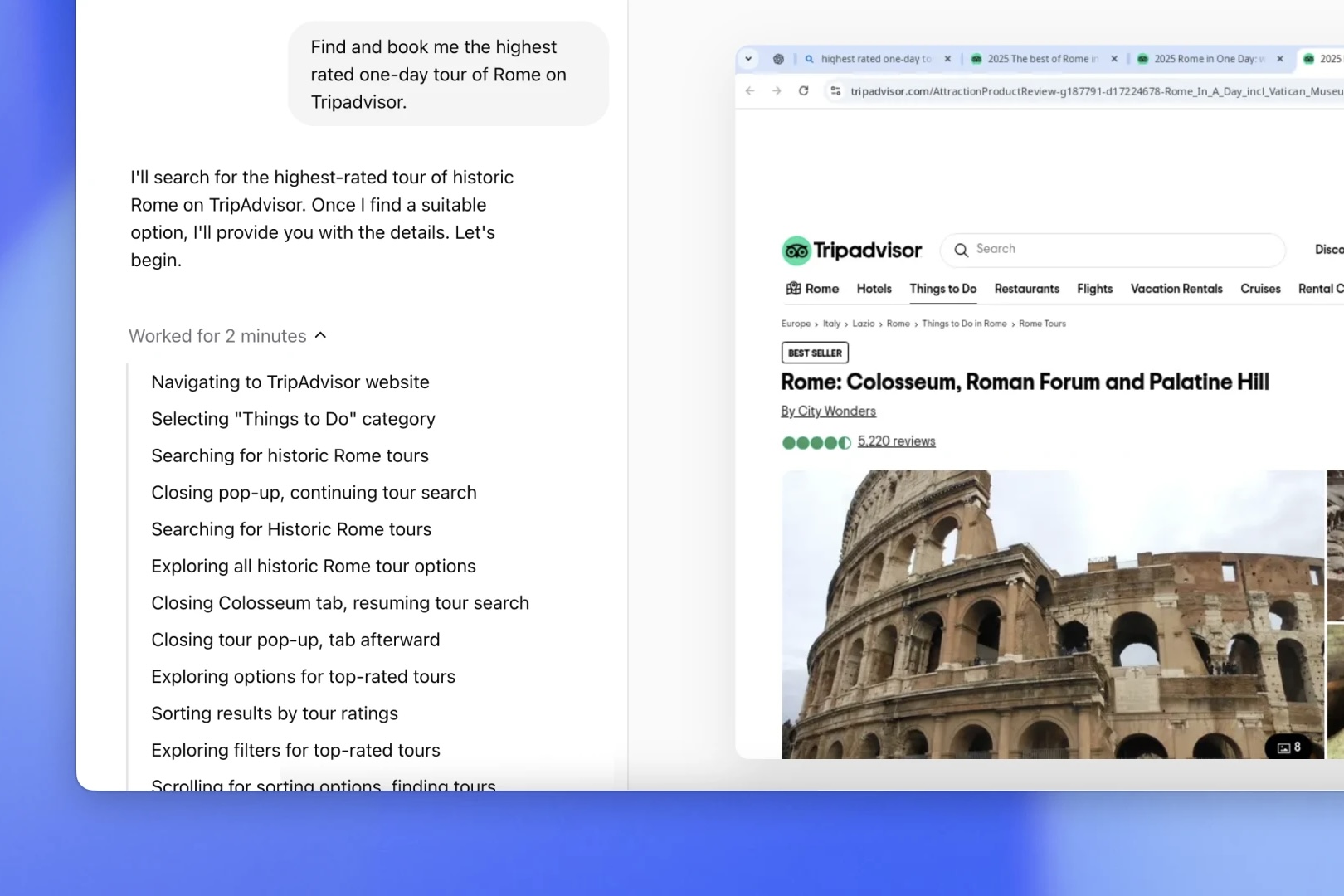The Challenge of Finding the Fastest In-Flight Wi-Fi
Skift Take
If you're looking for great Wi-Fi in the air, you're not alone.
So are the 97% of passengers traveling who are permanently attached to their fancy gadgets. After all, what good is the latest state-of-the-art communication technology if you can't communicate?
There's the rub.
Wi-Fi is that sweet treat all passengers would like to find at 30,000 feet, but getting Wi-Fi onboard is more a treasure hunt than a treasure.
A number of suppliers offer various forms of connectivity, and competition is fierce. That fierce competition drives dramatic improvements.
For now, speed is limited and watered-down by variable demand. If a plane full of gadgeteers connect at the same time, usage slows down to the speed of sap.
Each service provider (and each airline offering that service provider's product) will tell you they have the best speeds, really great speeds, reasonably good speeds, or all the speed you need. But what speed do passengers need?
Airline passenger data use breaks down into three primary objectives: 1) productivity, 2) entertainment, and 3) gaining short-lived internet stardom by posting awkward cabin emergency selfies and tweeting incidents of unruly passenger behavior live in-flight.
Passengers in the third category are fortunate. Opportunities for cabin emergency selfies are rare. The chances of being on a Wi-Fi connected aircraft when something goes wrong are slim enough to give actuaries migraines. As more aircraft equip, the opportunities to give the world the vicarious thrill of collective Social Media schadenfreude will increase. The connectivity speed required to post a tweet or send a selfie is marginal, compared to other Wi-Fi applications. However, aviation remains an exceptionally safe mode of transportation, so we're more likely to see an increase in tweets about the drunk passenger just down the aisle.
Most people aren't inclined or motivated to use inflight Wi-Fi for business. Only 10% of passengers feel they urgently need to stay in touch with work. Whether for work or fun, though, basic email and text communications place low-demands on Wi-Fi capacity.
Price is also drives the demand on available Wi-Fi capacity. With some notable exceptions, Wi-Fi in the sky is no more free than it is on the ground. Service prices are all over the place, as the handy infographic by Momondo we've inserted below shows. (NB This infographic represents only a sampling of International Carriers, and is not a comprehensive list of all airlines offering Wi-Fi services).
Only 10% of US flyers are willing to pay to connect. Even the lower speed services can work well for the 10% most likely willing to spend a company dime to submit a report on a deadline.
Demanding more capacity, Live-Streamed Entertainment is the key to the future of Wi-Fi Connectivity. It also gives us the one clear-cut absolute winner in the sky Wi-Fi race: JetBlue.
JetBlue is the only airline on the globe which can consistently boast speeds which put most Wi-Fi services in the air or on the ground to shame. The ViaSat Sat-1 Ka-Band Connection that powers FlyFi amps up to over 145 Gbps. Basic connection is free. JetBlue charges $9/hr for the fastest connection.
Entertainment has everything to do with the power of FlyFi. Donald Buchman, Director of ViaSat, has told Skift that not only is live-streaming of inflight entertainment a key motivator to get faster speeds on aircraft, it could also be the secret for airlines everywhere to offer free Wi-Fi. The industry, he believes, just needs the right content revenue model to back free Wi-Fi in the long term. The same ViaSat satellite provides connection to services on limited United flights too.
With any of the satellite connections, the speed capacity of the satellite is not what we experience on our individual connection. That's always a divided share of the total capacity, and we're back to the rules of Wi-Fi relativity.
Programs underway at other satellite companies will improve both connection speeds and global coverage. They won't be at 145 Gbps, but they're more than sufficient to stream entertainment and meet other demands on the connectivity from passengers and airlines alike.
The question, for now, remains how likely you are to find Wi-Fi on your flight.
According to Dave Davis, Chief Operating Officer & CFO of Global Eagle Entertainment, there is approximately 4% market penetration of international in-flight connectivity. Most flights around the world are still off-line.
We have a mixed lot of options and spotty availability.
Some services, such as OnAir, are based on mobile air-to-ground and satellite connections. The results are similar to connecting on your mobile device anywhere, with add-on services that allow streaming entertainment and news in-flight. Others, like Gogo, provide air-to-ground or air-to-ground/satellite hybrids and also have add-on entertainment options. Both of these have limited coverage around the world, based on what airline has acquired the service, though the connections via Satellite link have global coverage. You can get global coverage on Gogo when flying with Delta or Japan Airlines, for example. Only the ban on mobile connections in the US has limited OnAir's availability in this market, but it is available a number of international carriers.
Other services capitalize on satellite power to boost services to the high-speed broadband range. Ultimately, the race for speed is driven by satellite companies and the partnerships they make with various connectivity providers.
Thales Topflight SATCOM, uses Inmarsat's I4 series satellites. Inmarsat offers its own SwiftBroadband and Global Xpress Ka-band mobile satellite systems span most of the globe, and plans to continue extending its connection options, coverage and speeds. Panasonic's Ku-band eXConnect will soon extend its global coverage with a new Eutelsat agreement. Global Eagle Entertainment's connectivity services soon to have extended global reach via a new partnership with satellite operator SES. AT&T and Honeywell will enter the race next year. More options are slotted for deployment than we've listed here. Even more are on the drawing board.
The business of in-flight connectivity is a market moving at speeds worthy of the fastest broadband Wi-Fi service companies and the satellite companies aim to provide.
The challenge isn't just for providers to improve speeds or coverage. The real challenge is the time and money required for airlines to get Wi-Fi onboard the remaining 96% of the market.
| Free |
|---|
| Hong Kong Airlines |
| JetBlue Airways |
| Turkish Airlines |
| Norwegian Air Shuttle |
| SAS |
| Airline | Per Device/MB |
|---|---|
| Southwest Airlines | $8/day |
| TAP Portugal | €6/4MB |
| Oman Air | $5-15 smartphone; $15 laptop |
| Emirates | $2.75 smartphone; $7.50 laptop |
| Singapore Airlines | $29.95/26MB; $11.95/10MB |
| Airline | Day Pass | Monthly Pass |
|---|---|---|
| Frontier | $14 | $49.95 |
| Delta | $14 | $49.95 |
| American Airlines | $14 | $49.95 |
| AirTran | $14 | $49.95 |
| Alaska Airlines | $14 | $49.95 |
| US Airways | $14 | $39.95 |
| Air Canada | $14 | $49.95 |
| Airline | Time | Other |
|---|---|---|
| Virgin America | $2/30 min | $39.95/month |
| Air France/KLM | €10.95/hour | €19.95/flight |
| Lufthansa | €10.95/hour | €19.95/24hrs |
| Etihad | $13.95/hour | $24.95/day |
| Gulf Air | $15/hour | $30/day |





